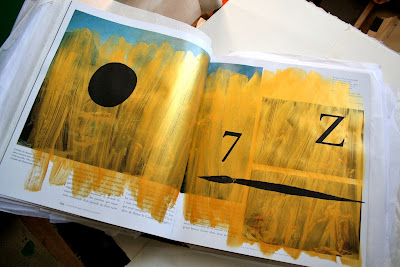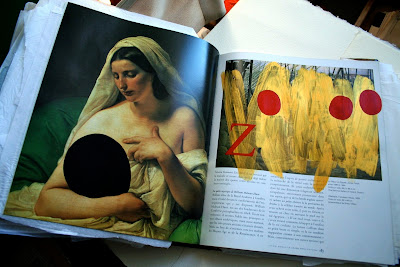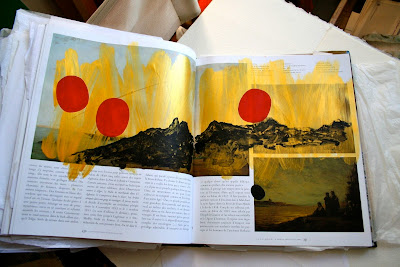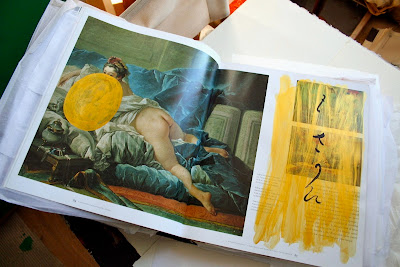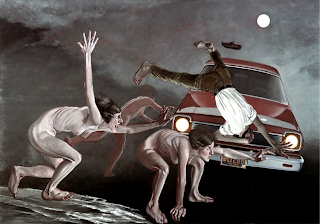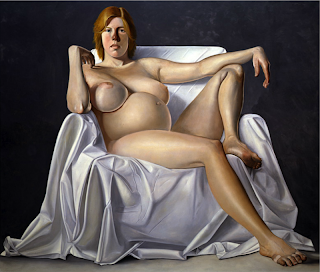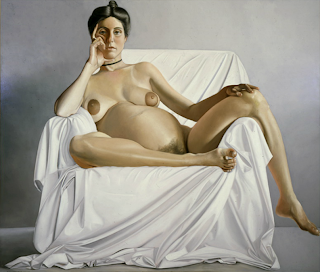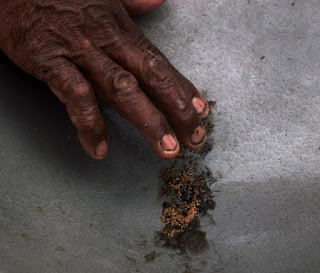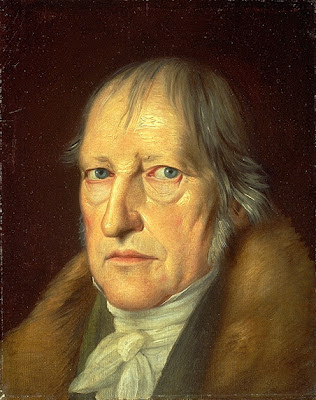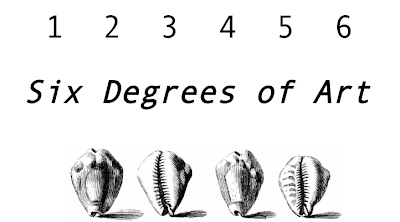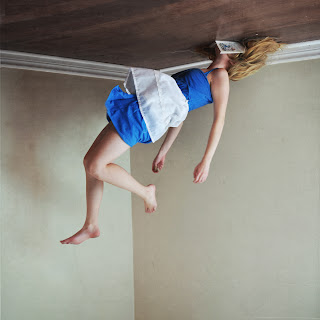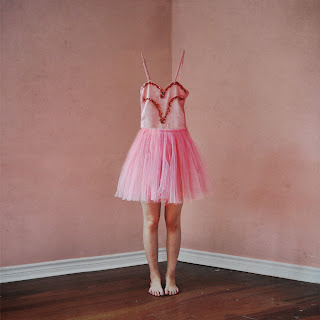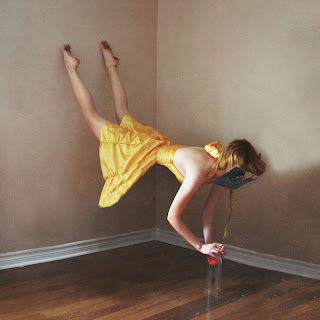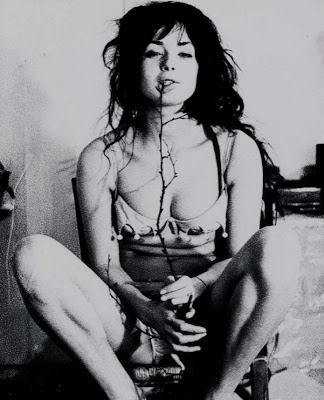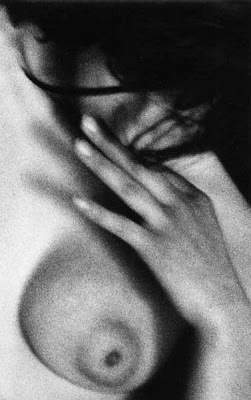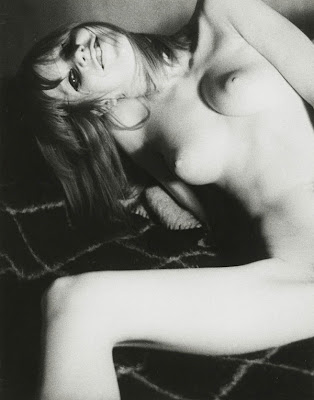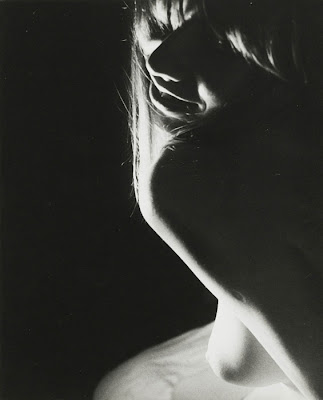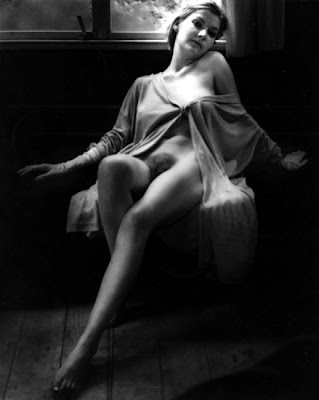 |
| Ryoko Suzuki, I am (2011) Copyright (C) Ryoko Suzuki All rights reserved. |
Lost in translation—again?
by ANTÓNIO CERVEIRA PINTO
My name is Ryoko Suzuki and am an artist, born in 1970 in Sapporo, Hokkaido. I am currently working on mainly photograph and I set myself as an “artist”, not an “photographer”. My main themes are gender and sexuality and I always focus on such as self-concsciousness, human being and its desire through my works.
— Ryoko Suzuki (Shift, October, 2011)
I have been following this Japanese artist since two years now. Her work belongs to a de-constructivist genre. Manga, Anime as well as peculiar Japanese street culture, media and adult entertainment is replayed by Ryoko with a critical twisted distance. In a gentle way though not always.
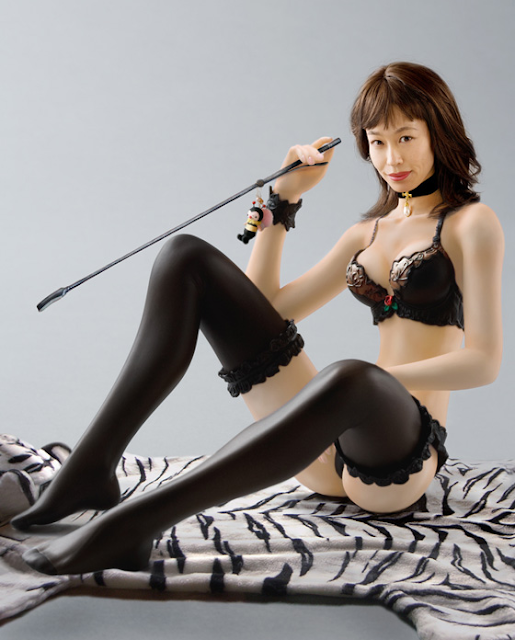 |
| Ryoko Suzuki, Anikora Kawaii (2009) Copyright (C) Ryoko Suzuki All rights reserved. |
Japan is a country submerged in “cuteness”.
I have been surrounded with “cute” things since childhood and thus they seem natural, but I have come to believe this “cuteness” is unique to Japan.
Along with ANIKORA series 1 and series 2, the purpose of these works is to investigate the desire of men to see “anime” or cartoon characters of young women with child-like face and improbably voluptuous bodieis. It is easy to see how men’s desires are reflected in these characters, but less so how this way of seeing women is expressed in Japan’s culture of “cute” things.
Women who are immersed in the culture of “cuteness”define themselves and present themselves to society as objects of “cuteness”. Being “cute”is the most important value for Japanese young women. But aren’t they losing themselves and their own identities and personalities by trying to become objects of masculine society’s desire for “cuteness”?
— Ryoko Suzuki (Shift, October, 2011)
 |
| People become characters in Tokyo Harakuju street fashion walks on Sundays |
Japan and the Exhaustion of Consumerism (October 18, 2012)
By Charles Hugh Smith/ of two minds.com .
All consumerist fashion is based on superficiality and self-indulgence, of course; but if we look at the energy, money and attention "invested" in fashion lifestyles in Japan, we might conclude it is strong evidence that there is plenty of "money and time to burn" in Japan. While that is certainly true, this reliance on consumerist excess for self-identity and pastime is also evidence of a deeply troubled economy and society.
Young people have money and time to burn on outlandish costumes because few earn enough to have their own families or flats. They work part-time for low wages and live at home or in tiny one-room apartments. Few own cars because they 1) don't earn enough to support a car and 2) they're uninterested in acquiring status symbols or prestige signifiers.
This is not just a generational shift: it reflects a realistic understanding that opportunities for secure, high-paying employment have diminished over the past 20 years. There are plenty of low-level jobs, but few with the guarantees that their parents took for granted.
Sound familiar? This reality is playing out in Europe and the U.S. as well.
[...]
-- Once-egalitarian Japan is becoming a nation of haves and have-nots.
-- More than one-third of the workforce is part-time as companies have shed the famed Japanese lifetime employment system.
-- The slang word "freeter" (for part-time worker) combines the English "free" and the German "arbeiter" or worker.
-- A typical "freeter" wage is 1,000 yen ($12.60) an hour.
-- As long ago as 2001, The Ministry of Health, Labor and Welfare estimated that 50 percent of high school graduates and 30 percent of college graduates now quit their jobs within three years of leaving school.
-- Japan's slump has lasted so long, a "New Lost Generation" is coming of age, joining Japan's first "Lost Generation" which graduated into the bleak job market of the 1990s.
-- These trends have led to an ironic moniker for the Freeter lifestyle: Dame-Ren (No Good People). The Dame-Ren (pronounced dah-may-ren) get by on odd jobs, low-cost living and drastically diminished expectations.
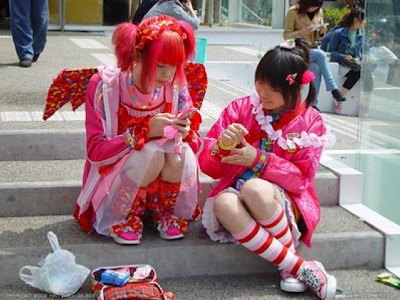 |
| Japanese Harajuku, Tokyo |
Dame-Ren (No Good People)
in Adbusters.
This year, Japanese police have officially reported at least eight incidents of what they call “random assaults,” indiscriminate stabbing sprees perpetrated by pathologically lonely, underemployed younger Japanese. Part-timer Tomohiro Kato stabbed 17 and killed seven in June; in July, an underemployed laborer stabbed two women in a bookstore, killing one, and a week later, a frustrated young woman stabbed seven on a busy Tokyo train platform.
In each case, the perps had little or no job security, and nothing else in their lives to provide stability or satisfaction.
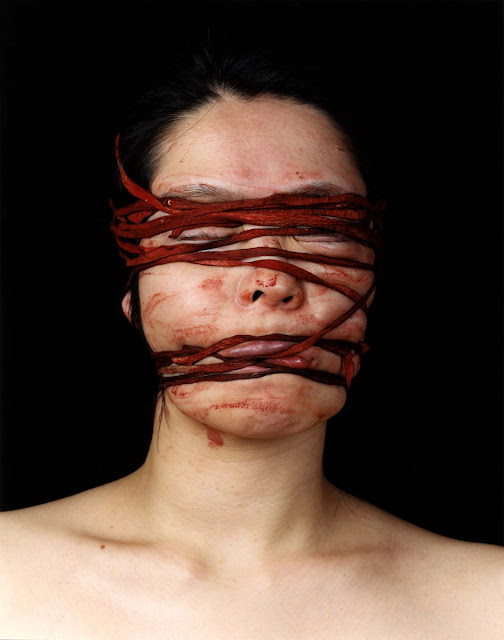 |
| Ryoko Suzuki, Bind, 2011 |
Ryoko Suzuki website
Higlights
Masturbation (1999)
Anikora Kawaii (2009-11)
I am (2011)
